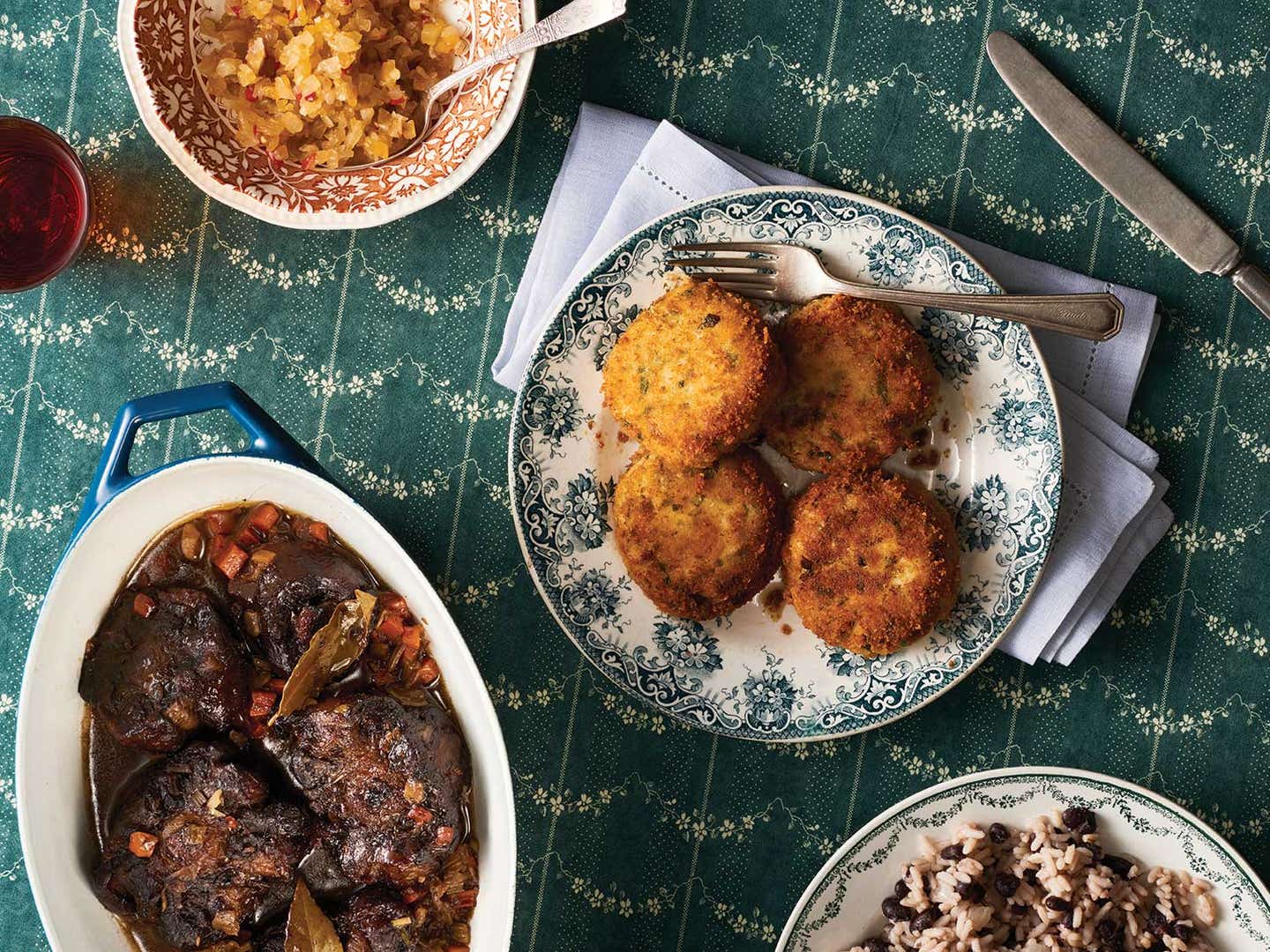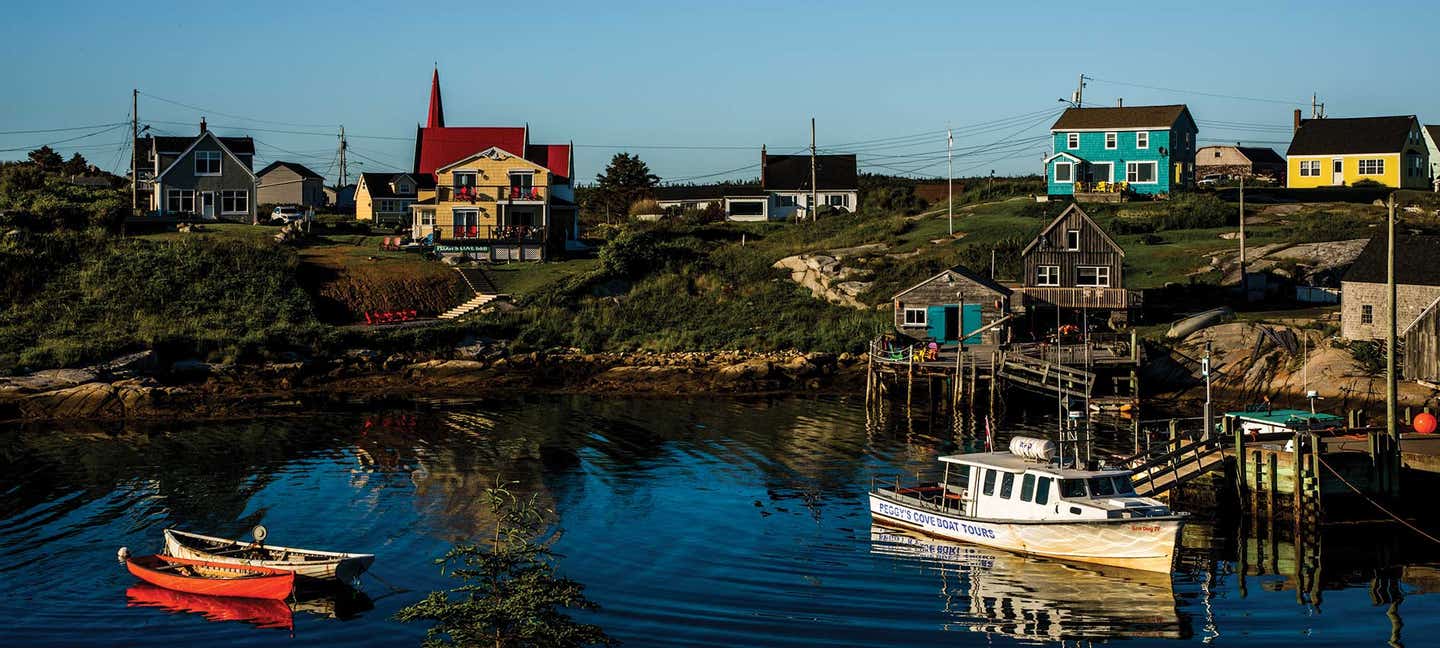
The Underexplored Roots of Black Cooking in Nova Scotia
African Nova Scotian culture is preserved and promoted through family recipes
It’s damp and chilly outside, but it’s toasty in Wendie Poitras’ kitchen, where rendered pork skins sizzle and pop in a cast-iron pan. Poitras—a teacher and artist who has become a vocal advocate along with scholars and activists to help define and commemorate African Nova Scotian culture—is cooking traditional dishes for a few friends and relatives. She’ll eventually add the pork to boiled potatoes and flaked salt cod. Yellow-eyed beans bake for hours to a deep brown, the ham hock in the center of the pot falling softly apart. Oxtails swim in a rich sauce next to a pot of rice and beans and a pan of cornbread.
This is Nova Scotia, a vaguely lobster-shaped peninsula that juts, with its surrounding islands, east out into the Atlantic, one time zone farther than the rest of Canada’s east coast. We’re in Dartmouth, just across the harbor from Halifax, and in the windows, the fog is thick like milk. Evergreens stand out like emerald-robed figures in the gray-white mist.

I’ve come with my mother and daughter—my first time here since I was a teenager—in search of a connection to my ancestors, my roots. I was born in Halifax, Nova Scotia’s capital, but my grandmother’s family had lived in the region until moving to Montreal in 1955. My mother returned at age 21, when she was a private in the Navy. It was then that she met my father, a Quebecois, in the forces, and after I was born, we left permanently for Quebec. My parents took us back to visit Nova Scotia every few years, a 12-hour road trip backward into my heritage.
In my grandmother’s adopted city, people spoke a different language and ate different foods, so many of the ingredients she was accustomed to were not available. Rather than cling to the past, she chose to adapt to her new life and encouraged her five children to do the same. They left behind many of the African Nova Scotian recipes she was raised on. Every now and then, she would crave something from home—fish cakes, or “boiled dinner” (an old Irish staple of corned beef and cabbage adopted throughout Nova Scotia), or the salt cod and pork scraps she was practically raised on—and seek out what was needed to cook up the memories.
Blacks have lived in Nova Scotia since the early 1600s, but Canada’s black history is unknown to most Canadians—even to many black Canadians themselves. “We’re in the process of documenting and collecting information about our history,” says Poitras, who likens culture to an iceberg: Food, music, and language are among the parts visible above the water’s surface, but the vast, deep bulk of it—values, beliefs, shared experiences—can be hidden beneath. In the case of African Nova Scotians, even much of what’s traditionally above the surface has been lost or obscured over the years. It can feel like we’re still, as Poitras puts it, “trying to legitimize the culture. We’re figuring out the food piece. We’re still working on the other pieces.”

I met Poitras after I’d read about her efforts to promote African Nova Scotian culture by sharing her family’s recipes. She has cooked for her third-grade class and helped design menus for African Heritage Month events. “There is no one dish that’s particularly African Nova Scotian,” she explains. “It’s the collection of recipes from all these different places that make up the cuisine.” Indeed, African Nova Scotian food is heavily influenced by the places black settlers came from, the landscape and climate of the province, even the cuisine of British colonialists and Irish settlers.
According to the Black Cultural Centre of Nova Scotia, the province has been home to 52 black communities. But over the generations, migration to cities such as Winnipeg, Montreal, and Toronto since the Great Depression has left only about a dozen intact today. These areas, mostly rural communities and inner-city neighborhoods, were settled in waves: slaves brought by colonialists, and eventually the black Loyalists who fled the U.S. at the close of the American Revolution. (In exchange for their service, the British had promised the Loyalists freedom and land in the northern colonies, which included "New Scotland"—or in Latin, Nova Scotia.) In 1796, a small contingent of Jamaican warriors, called Maroons, were exiled to the province after an uprising. Most left a few years later for Sierra Leone, where a group of African Nova Scotians founded Freetown. More blacks came as refugees following the War of 1812, and after slavery was abolished throughout the British Empire in 1833, Nova Scotia saw an influx of escaped slaves from the U.S.
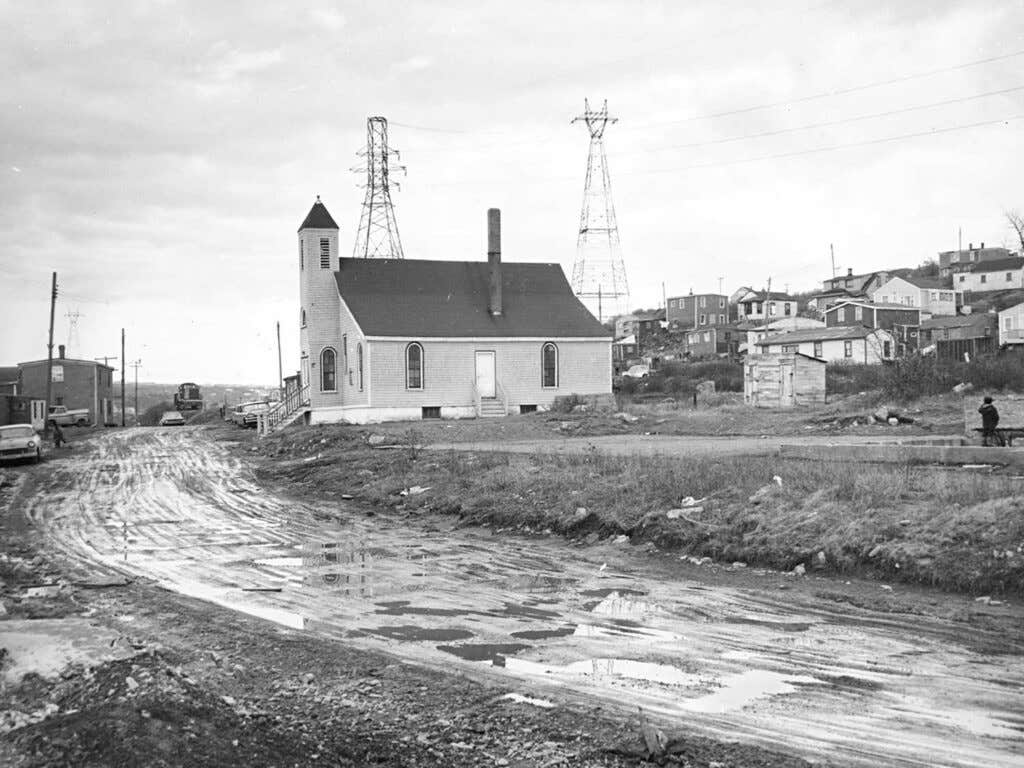
As a child, I’d see 60-second ads depicting snippets of Canadian history air on CBC, the Canadian Broadcasting Corporation. In one, I remember a young black man hidden in the base of a church pew was reunited with his family: an escaped slave who had fled safely across the border. The message was that Canada was a place of compassion and refuge, which reflects how many Canadians view their country to this day. What the PSA didn’t reveal was how poorly the man was likely treated upon his arrival. Slavery had been abolished, but racism remained. The land promised to black Loyalists, when that promise was even kept, was the least hospitable, least arable. Early black settlers relied on fishing, foraging, and what meager farming the barren land would allow, such as keeping chickens and pigs, or growing root vegetables. They salted their meat and fish to preserve them, canned wild fruits and berries for winter, and picked dried dulse—a pungent purplish edible seaweed that grows in northern climates—from the shore to survive.
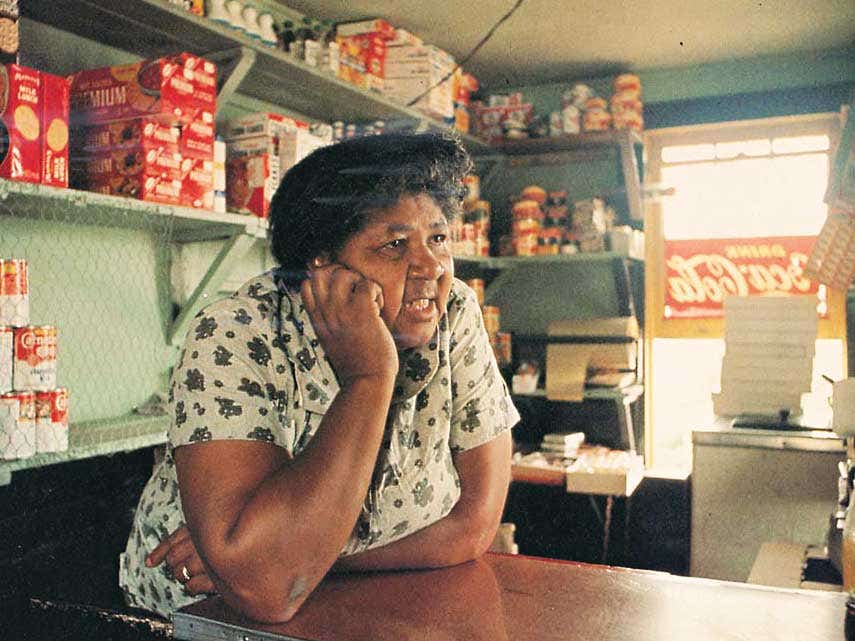
By the early 20th century, institutions and businesses in Canada had adopted Jim Crow–style practices, and legislation to prevent racial discrimination didn’t appear until after World War II (and wouldn’t be enforced until even later). Early in 2018, when a new $10 bill was unveiled bearing the likeness of Viola Desmond, many Canadians had never heard of her. Several years before Rosa Parks famously refused to give up her seat at the front of a bus in Montgomery, Alabama, Desmond had taken a stand against entrenched segregation in Nova Scotia, refusing to move from the whites-only section of a movie theater in New Glasgow. But her story didn’t make its way across the nation the way Parks’ did, so she never attained status as a civil-rights icon. It was heard in enlightened circles on both sides of the border, even capturing the attention of W.E.B. Dubois, but for the most part, it remained a local legend—until now. In recent decades, thanks to the work of scholars and grass-roots organizations, the stories of black Canadians—particularly African Nova Scotians—are emerging. Last year, the United Nations released a report on Canada’s relationship with its black populations. Despite the country’s image as a multicultural haven, the report cited the country’s history of black slavery and disenfranchisement, as well as its failure to recognize those black communities that have existed since the country’s earliest days. Such revelations are a rude awakening for most Canadians. For the blacks in Canada, it is a pivotal time.

In Poitras’ kitchen in Dartmouth, stories from the past are reflected in the steaming pots of braised meat, in the bubbling tin of ham-hock baked beans. Peeling potatoes for the salt cod and pork scraps always puts Poitras in mind of her mother, who would expertly pare the skins off her spuds in one long, magical spiral. Poitras’ father—who worked the dockyards and held a pastoral role within the community—would cook oxtail and other special-occasion dishes; her mother did the everyday cooking. Poitras remembers the vegetable man passing through the neighborhood to sell his fresh produce; her mother would buy 50 pounds of potatoes at a time and store them outside the back door. The mackerel man also passed through, calling out: “Maaaaack-erel! Mackerel-mackerel-mackerel!” She can hear it when she closes her eyes.
The Underexplored Roots of Black Cooking In Nova Scotia
Bottom Left: Braised Oxtails; Middle: Griddled Fish Cakes; Top Left: Green Tomato Chow Chow
My daughter is talkative, happily plying a piece of lacquered oxtail meat from a bone. My mother has grown quiet, savoring the pungent salt of the cod fish tempered by the fluffy, peppery potatoes. She’s elsewhere now: her mother’s kitchen, her childhood. “We had baked beans every Saturday. I hated the routine of it,” she says in a small voice, mostly to herself. “But they were so good.” Poitras, too, wouldn’t fully appreciate her parents’ cooking until later. At one of her first jobs, she often traded her home-cooked meals for a co-worker’s fast food, thinking she was getting the better end of the deal. It wasn’t until she became a mother herself that she understood just how valuable her family’s recipes were.
As guests cram into Poitras’ kitchen, a few of us find seats in the living room, plates balanced in laps, glasses of cold Scotian rosé and bottles of Alexander Keith lager, the ubiquitous local beer, leaving wet rings on the coffee table.
Talk turns to identity. “Remember that when we came from Africa, through the Middle Passage to the southern United States, our language was taken from us. Our names were taken. We don’t really know why we eat certain things or speak certain ways,” says Poitras, a thick mop of tight curls framing her face. “As a people, we collected recipes from Africa, the Caribbean, and the American South, and put our own spin on them.” Baked beans might get a dose of maple syrup. Instead of hot sauce, the main condiment on the table is often chow-chow, a tangy green tomato relish. Boiled dinner is sometimes made with pig’s tails instead of beef in black homes. Oxtails have Jamaican roots, but with Canada not being a land of hot peppers, the Caribbean spices became muted. For other dishes you might find across the Maritime provinces, such as fish cakes, typically made with potatoes and salt cod or haddock, the flavors are revved up. “We tend to like a little more spice than our fellow Scotians,” says Poitras. “And probably a little too much salt.”
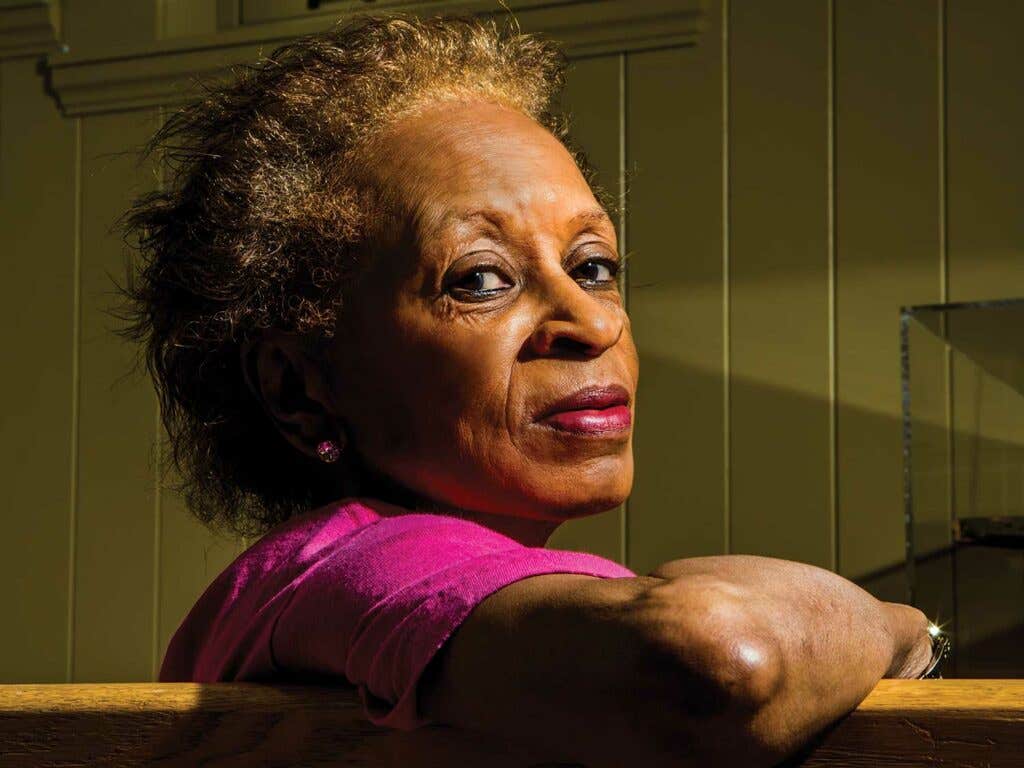
On one damp, foggy morning, my mother, daughter, and I set out for a place that no longer exists. Africville, on the outskirts of Halifax, overlooking the Bedford Basin, was home to a tightknit group of families who kept a few animals, fished and swam in the basin, and performed their baptisms in its cold, brackish waters. Kids even played ice hockey on it when it froze, although few alive today remember winters that cold. Life in Africville, which existed roughly from the mid-18th century to the mid-20th, could be difficult. Despite paying municipal taxes, residents weren’t provided with plumbing, garbage pickup, or paved roads. In the 1950s, the city dump was moved nearby. A decade later, after years of threats to seize the valuable waterfront property Africville occupied, the settlement, at its peak 400 strong, was razed to the ground. Its residents were forcibly relocated, and most ended up in public housing. The city used dump trucks to remove people’s belongings, a painful humiliation still fresh in the minds of former residents. Only a few families were compensated for the full value of their home. The rest were given a paltry sum and expected to start their lives anew.

Linda Mantley, a former Africville resident who cofounded the Africville Genealogy Society, gives tours of the Africville Museum, housed in a faithful replica of the Baptist church that was once the beating heart of the settlement. It was established as part of the apology and compensation package issued by the city of Halifax in 2010 for Africville’s destruction. Former residents are still fighting for personal compensation for their homes. “Our parents kept all that from us,” Mantley says of the cruel evictions. Instead, she recalls an idyllic childhood in the rustic settlement many outsiders would have thought of as a slum. She and the other children would pluck the periwinkles that clung to the rocks by the sea, left behind when the tide went out, and cook them in a pot or a can over a fire right on the beach. A pin or needle served as the utensil to dig the tiny snail out from its shell. They also picked apples, wild pears, and blueberries from brambly bushes to take home for their mothers to make blueberry duff, a steamed dumpling that would be served as dessert, or maybe tossed into a pot of boiled dinner.
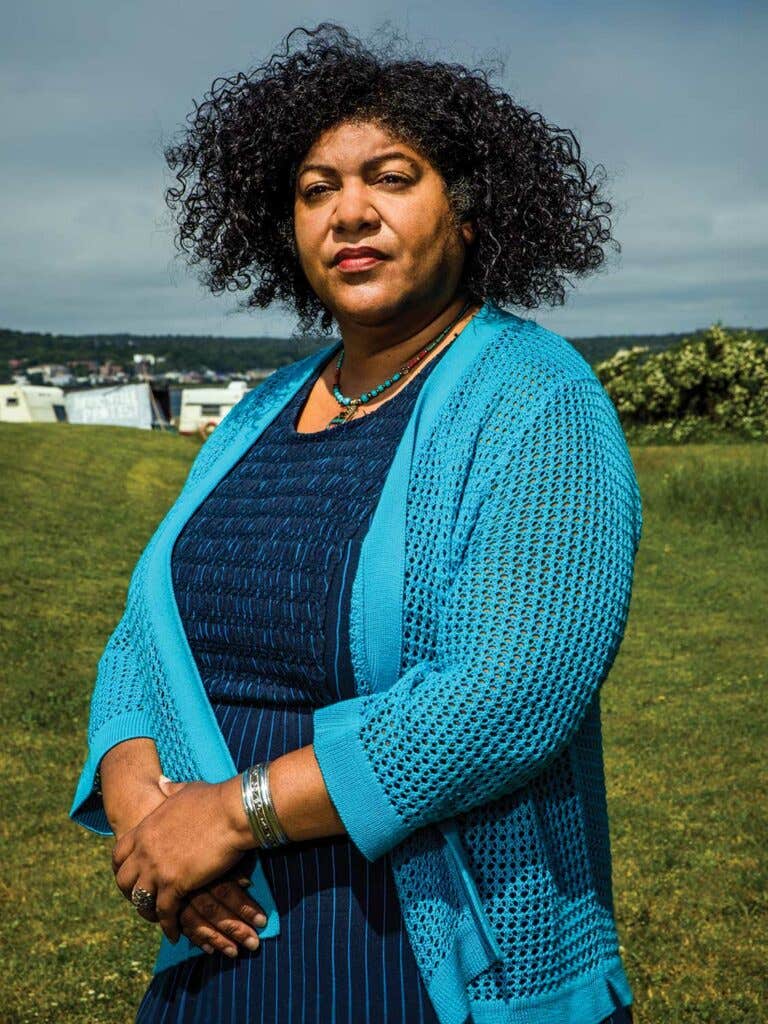
At 72, Mantley is wiry, high-cheekboned, with a terse manner that belies her warmth. “We were a self-sufficient community,” she says curtly, walking us through the one-room museum, pointing out black-and-white photographs of the community, naming the people she knew. Mantley’s tour of the exhibit—made up of text, images, and a few household artifacts—feels like sifting through a box of souvenirs. Afterward, she hugs me like we’re old friends.
Juanita Peters, the museum’s general manager and a filmmaker who has directed two documentaries on Africville, feels strongly about the importance of telling the stories of African Nova Scotians. She recently moved back to Weymouth Falls, a historically black community by the Bay of Fundy, about 160 miles from Halifax, where her people have lived for nine generations, and where she would spend summers with her grandparents (she herself grew up in Toronto). Those summer meals consisted mainly of salted fish—herring, haddock, halibut head, or the dried smelts her grandmother strung up herself behind the wood stove. “She would sear them right on the stove, not in a pan,” says Peters. “Then she’d peel and eat them with toast and applesauce. And that was breakfast.” When they weren’t eating fish, it was blood pudding, cow’s liver, tongue, or lights (lungs). Most people had their own smokehouses. Today, many of the homes in Weymouth Falls are vacant, and most of the farms abandoned. With little need to smoke or salt foods now that people have refrigeration, many of the old recipes risk being lost to time.
“My cousins say they won’t come down because it’s like visiting ghosts. But I love it because it’s like visiting ghosts!” says Peters. She still cooks some of the foods from her childhood—such as smelts, fried, with a side of potato and chow-chow. “Food is about nostalgia,” Saje Mathieu—a historian and author of North of the Color Line: Migration and Black Resistance in Canada, 1870–1955—tells me. “Migrant communities often stay stuck in the moment of the initial departure.” In such communities, food acts as a tether to a place of familiarity, of comfort. Food can be home. For African Nova Scotians, whose original home might be too far gone for them to remember, their foods can serve as a record, a map of the arduous journey of their ancestors. Mine came to Canada with little more than the traditions that fed and sustained them. But amid the emerald pines and damp, wet cold, a world away from their ancestral origins, they endured.
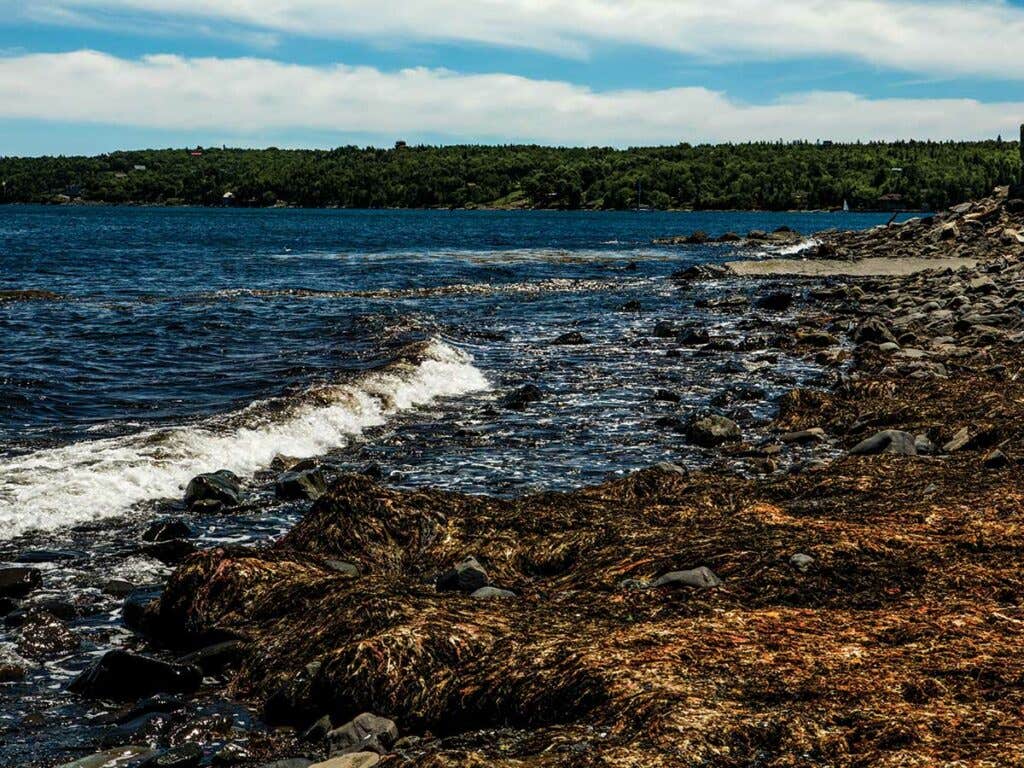
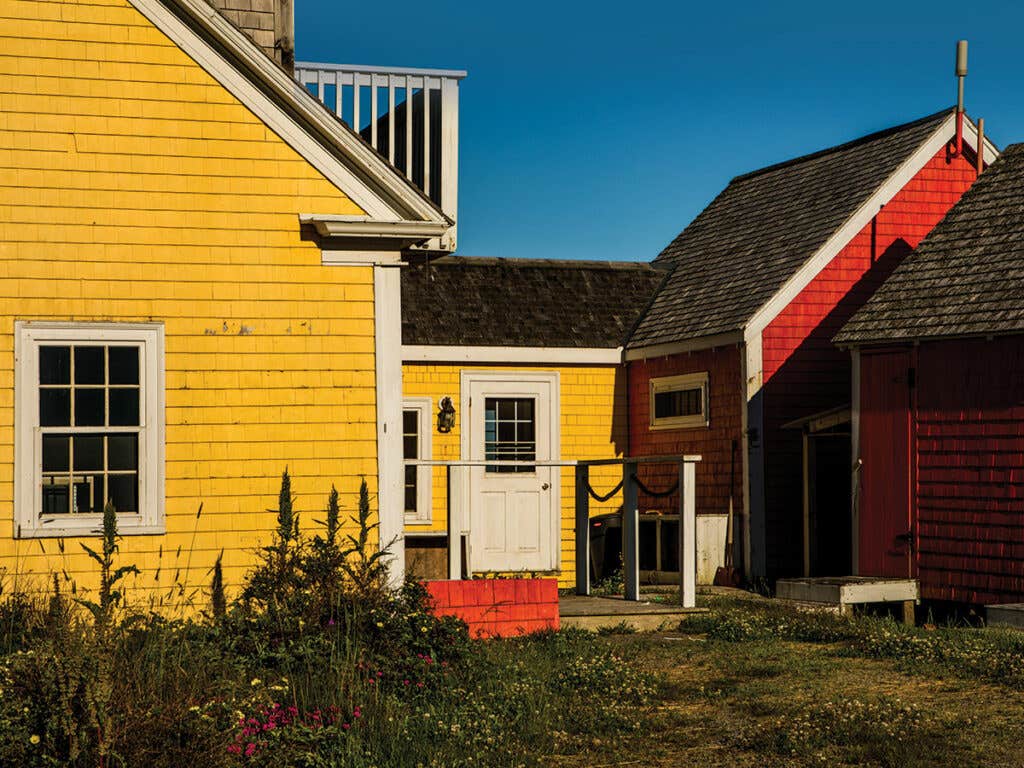

Keep Reading
Continue to Next Story
